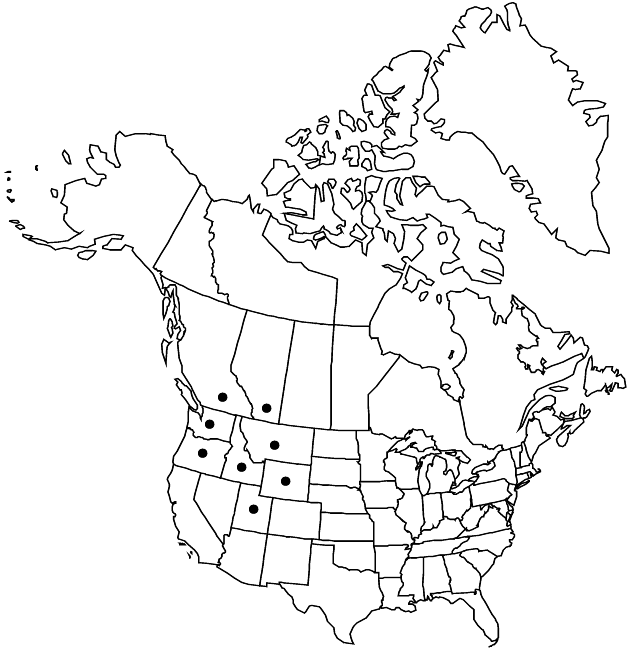Difference between revisions of "Arnica gracilis"
Bull. Torrey Bot. Club 24: 297. 1897.
FNA>Volume Importer |
imported>Volume Importer |
||
| Line 8: | Line 8: | ||
}} | }} | ||
|common_names=Smallhead arnica | |common_names=Smallhead arnica | ||
| + | |special_status={{Treatment/ID/Special_status | ||
| + | |code=E | ||
| + | |label=Endemic | ||
| + | }} | ||
|basionyms= | |basionyms= | ||
|synonyms={{Treatment/ID/Synonym | |synonyms={{Treatment/ID/Synonym | ||
| Line 49: | Line 53: | ||
|publication title=Bull. Torrey Bot. Club | |publication title=Bull. Torrey Bot. Club | ||
|publication year=1897 | |publication year=1897 | ||
| − | |special status= | + | |special status=Endemic |
| − | |source xml=https:// | + | |source xml=https://bibilujan@bitbucket.org/aafc-mbb/fna-data-curation.git/src/bb6b7e3a7de7d3b7888a1ad48c7fd8f5c722d8d6/coarse_grained_fna_xml/V19-20-21/V21_946.xml |
|tribe=Asteraceae tribe Heliantheae | |tribe=Asteraceae tribe Heliantheae | ||
|subtribe=Asteraceae (tribe Heliantheae) subtribe Chaenactidinae | |subtribe=Asteraceae (tribe Heliantheae) subtribe Chaenactidinae | ||
Revision as of 21:03, 27 May 2020
Plants 10–30 cm. Stems (often 5–10 in dense clumps) branched distally. Leaves 2–3 pairs, mostly cauline (basal leaves often persistent on sterile rosettes, similar to cauline leaves); petiolate (petioles narrowly to broadly winged, distal pair of leaves often reduced, connate-perfoliate); blades ovate to ovate-lanceolate, 2–6 × 1–3 cm, margins irregularly serrate to subentire, apices acute, faces: abaxial glandular, adaxial stipitate-glandular. Heads (1–)5–15. Involucres turbinate-campanulate. Phyllaries 10–16, ovate-lanceolate. Ray florets 5–12; corollas yellow. Disc florets: corollas yellow; anthers yellow. Cypselae black, 4.5–7 mm, hairy (hairs duplex) and stipitate-glandular; pappi white, bristles barbellate. 2n = 57, 76.
Phenology: Flowering Jul–Aug.
Habitat: Dry, exposed, rocky, alpine slopes, sometimes subalpine meadows
Elevation: 1200–2500 m
Distribution

Alta., B.C., Idaho, Mont., Oreg., Utah, Wash., Wyo.
Discussion
Selected References
None.